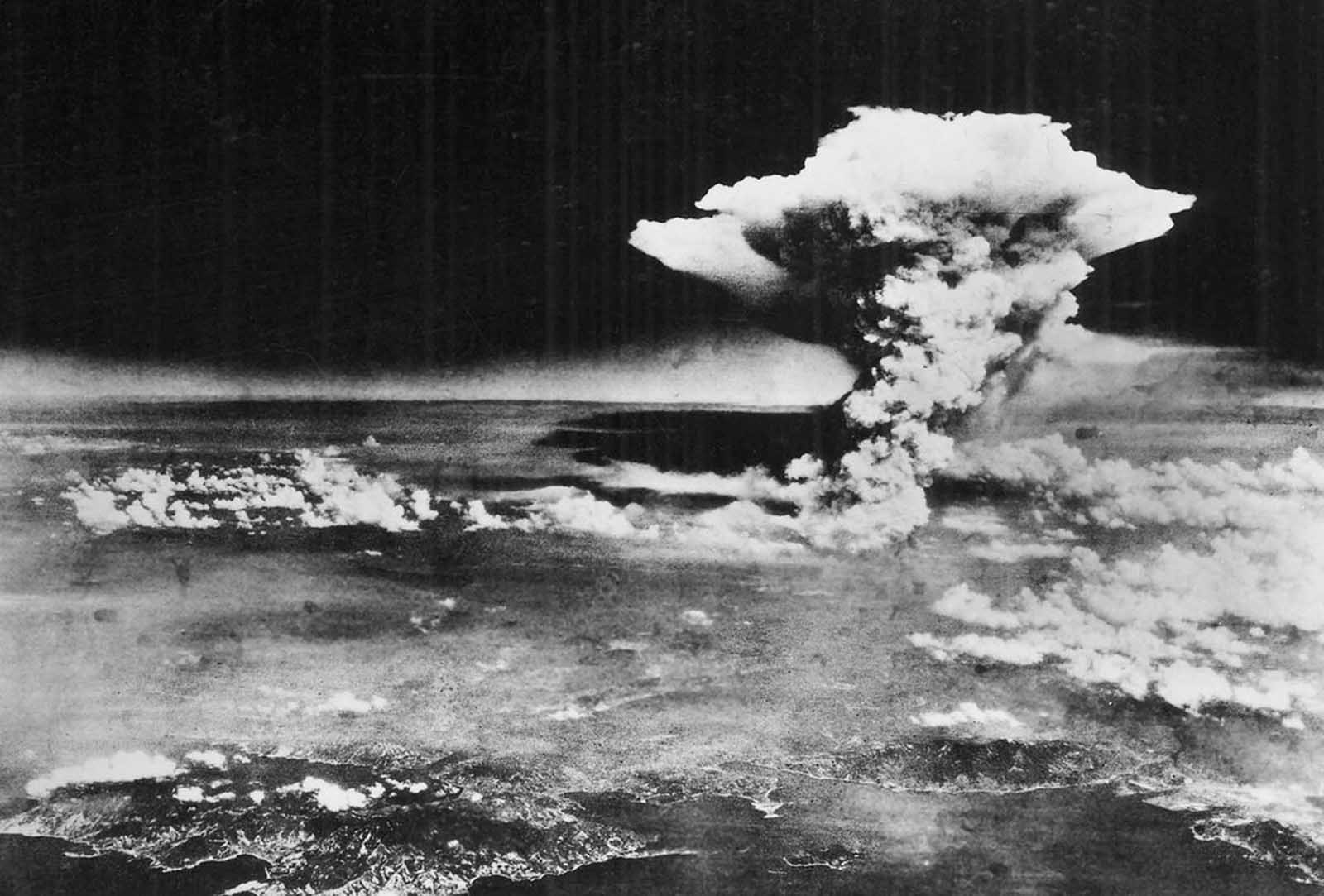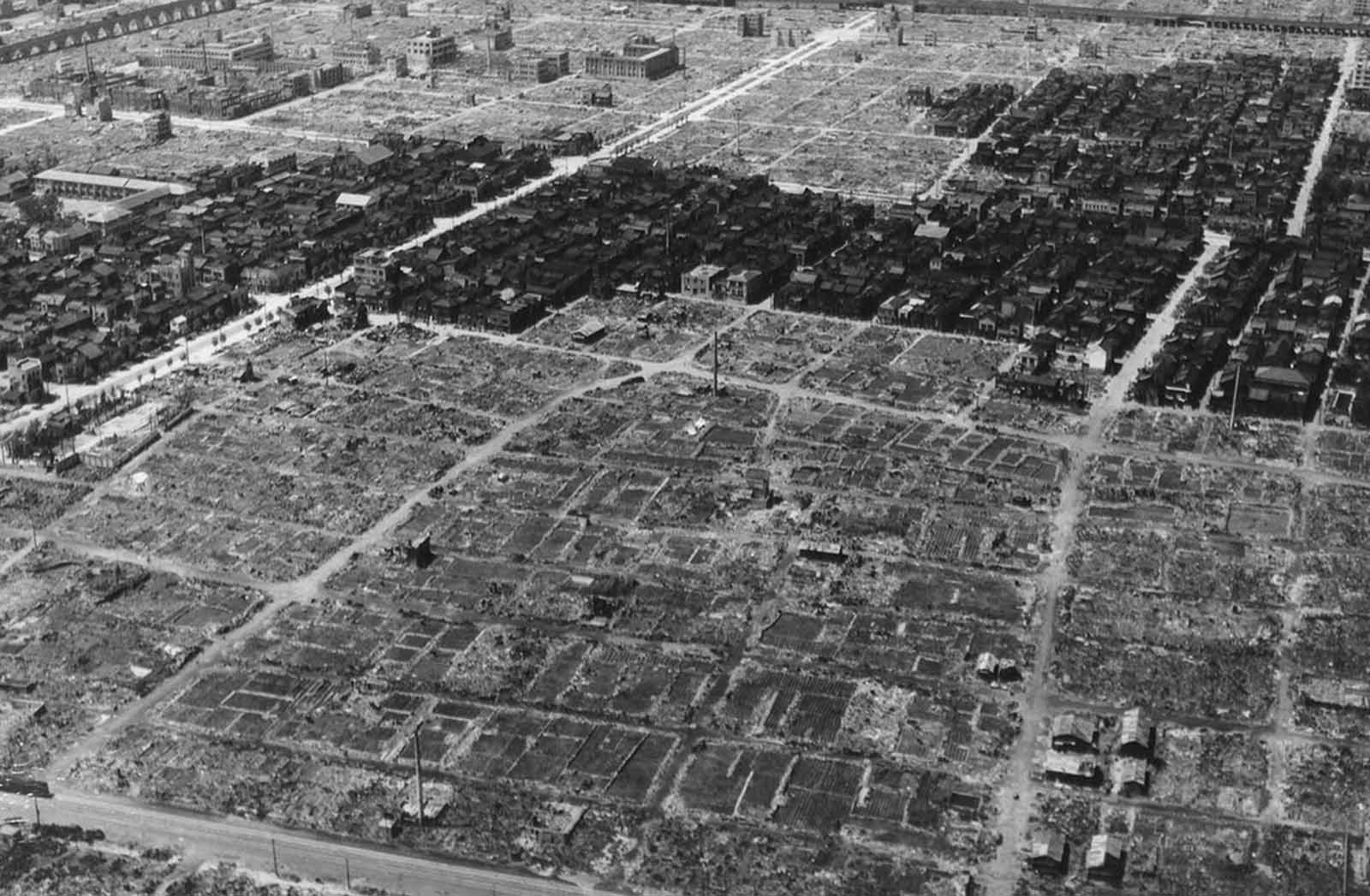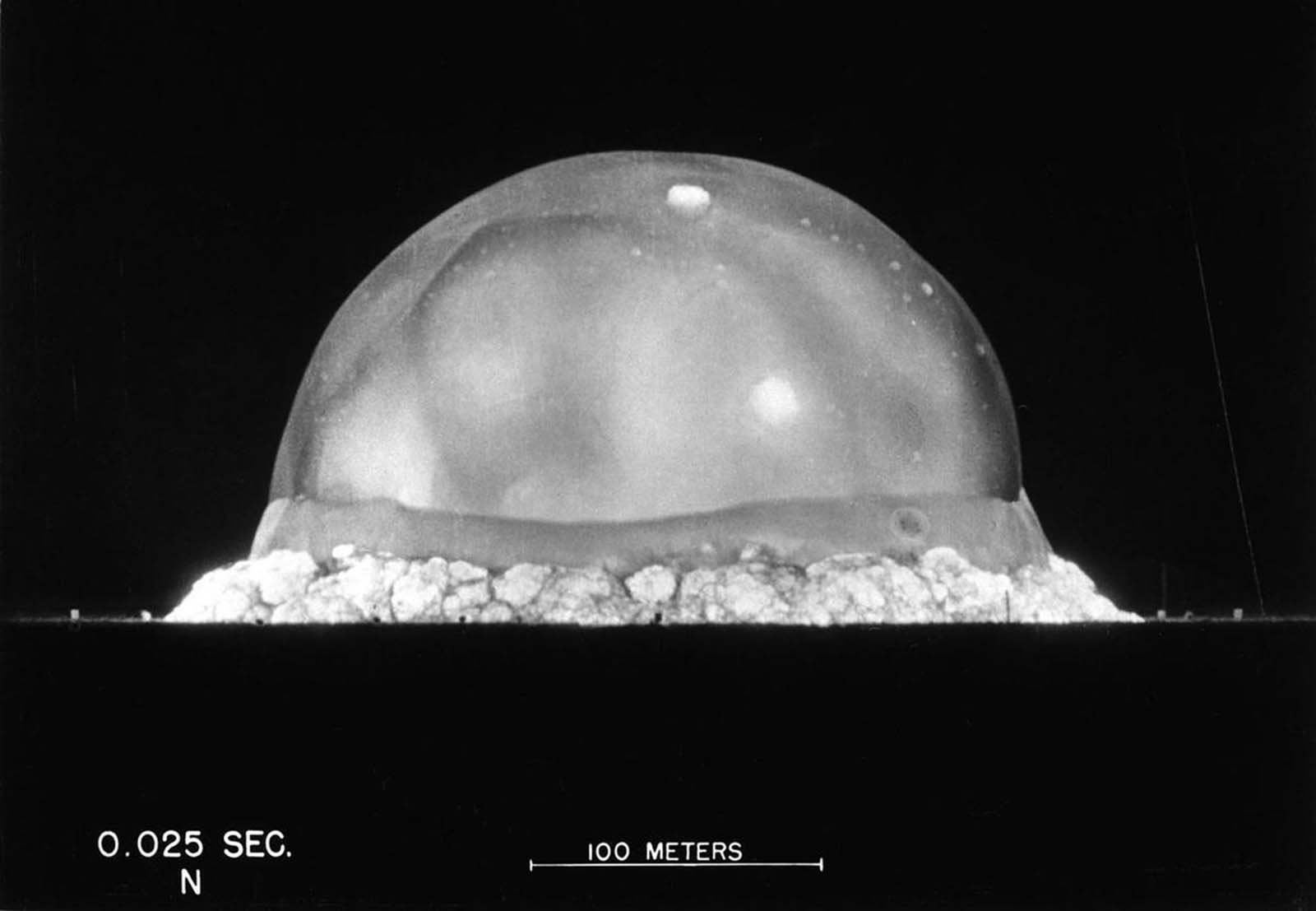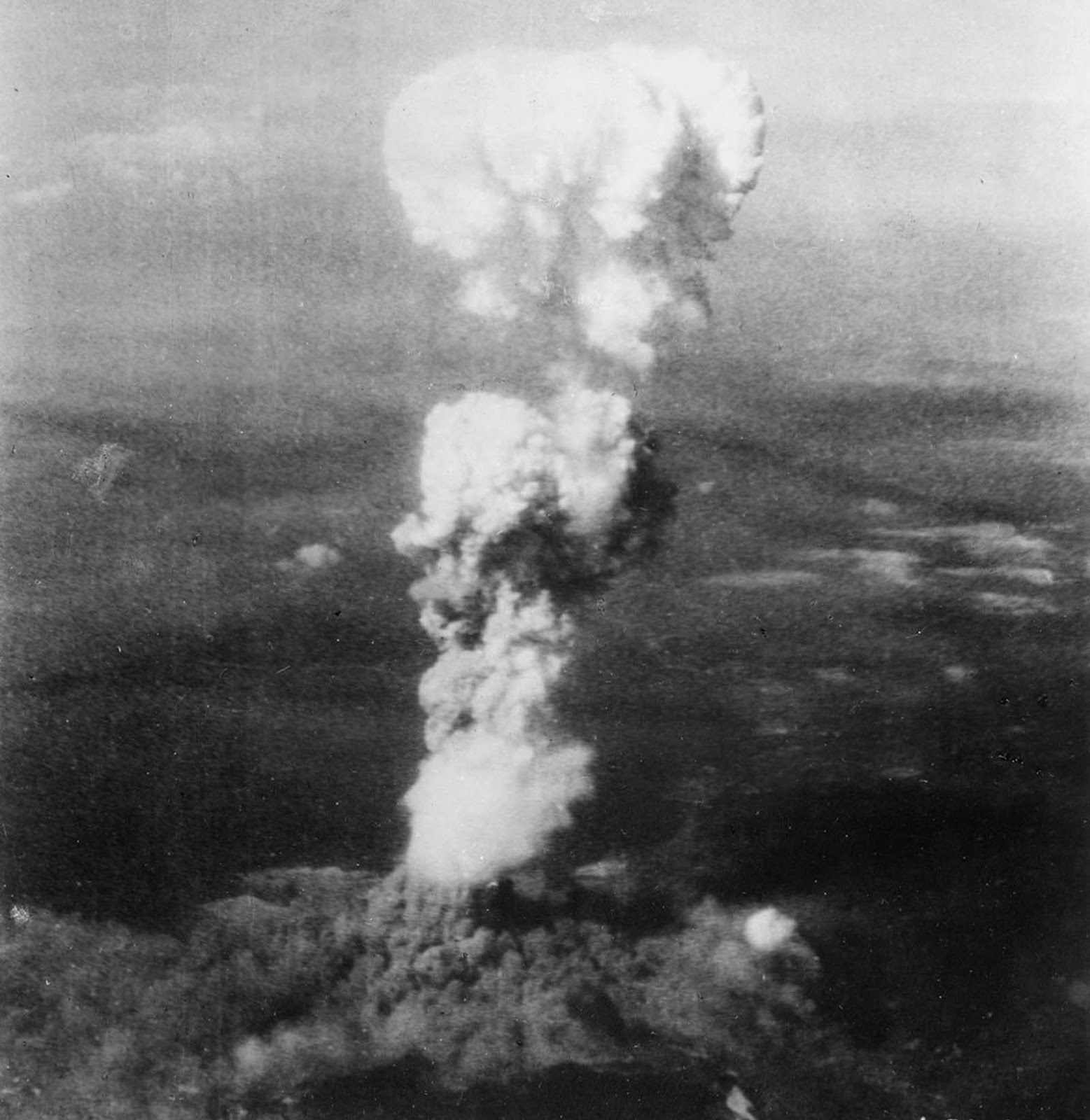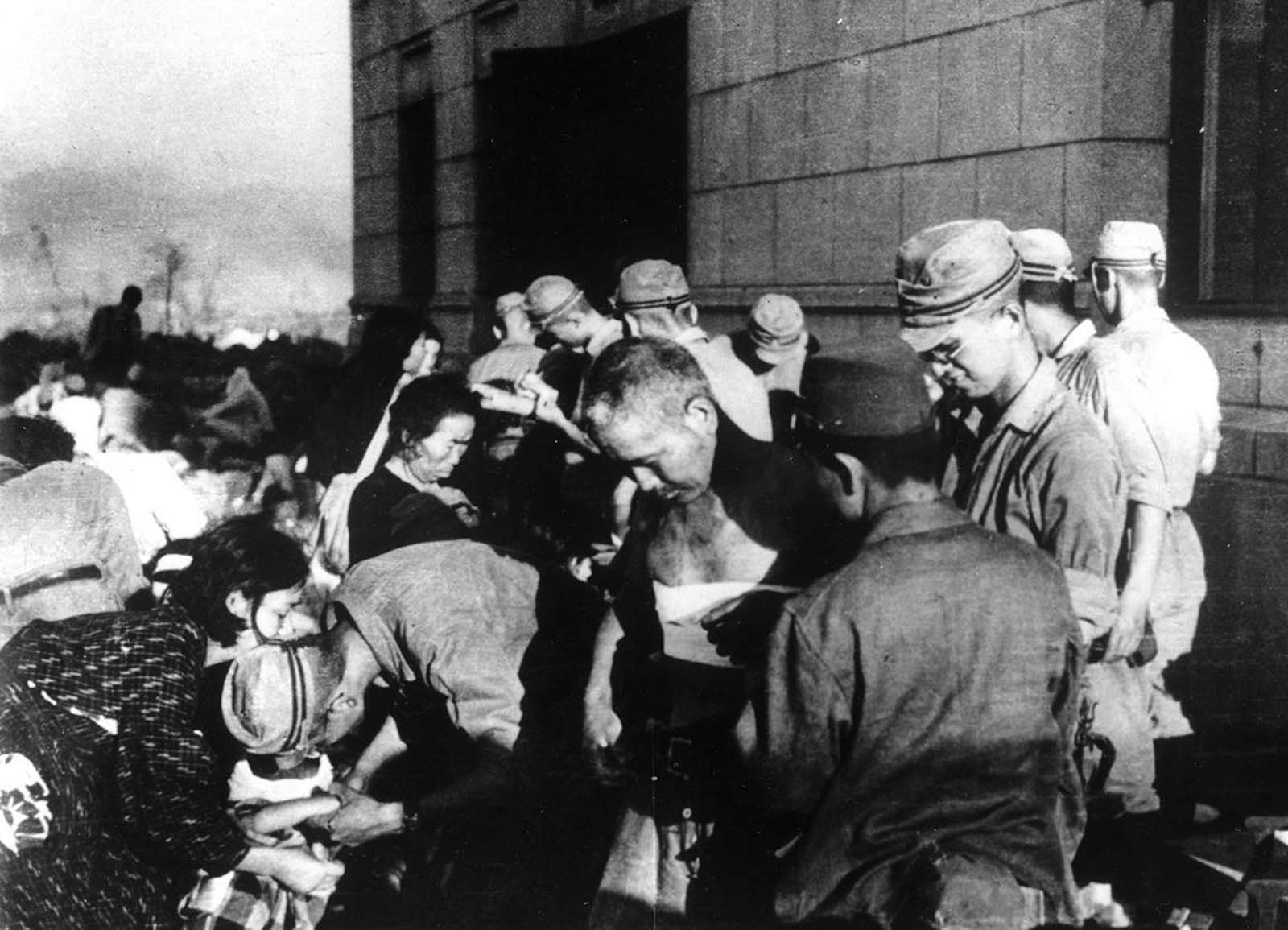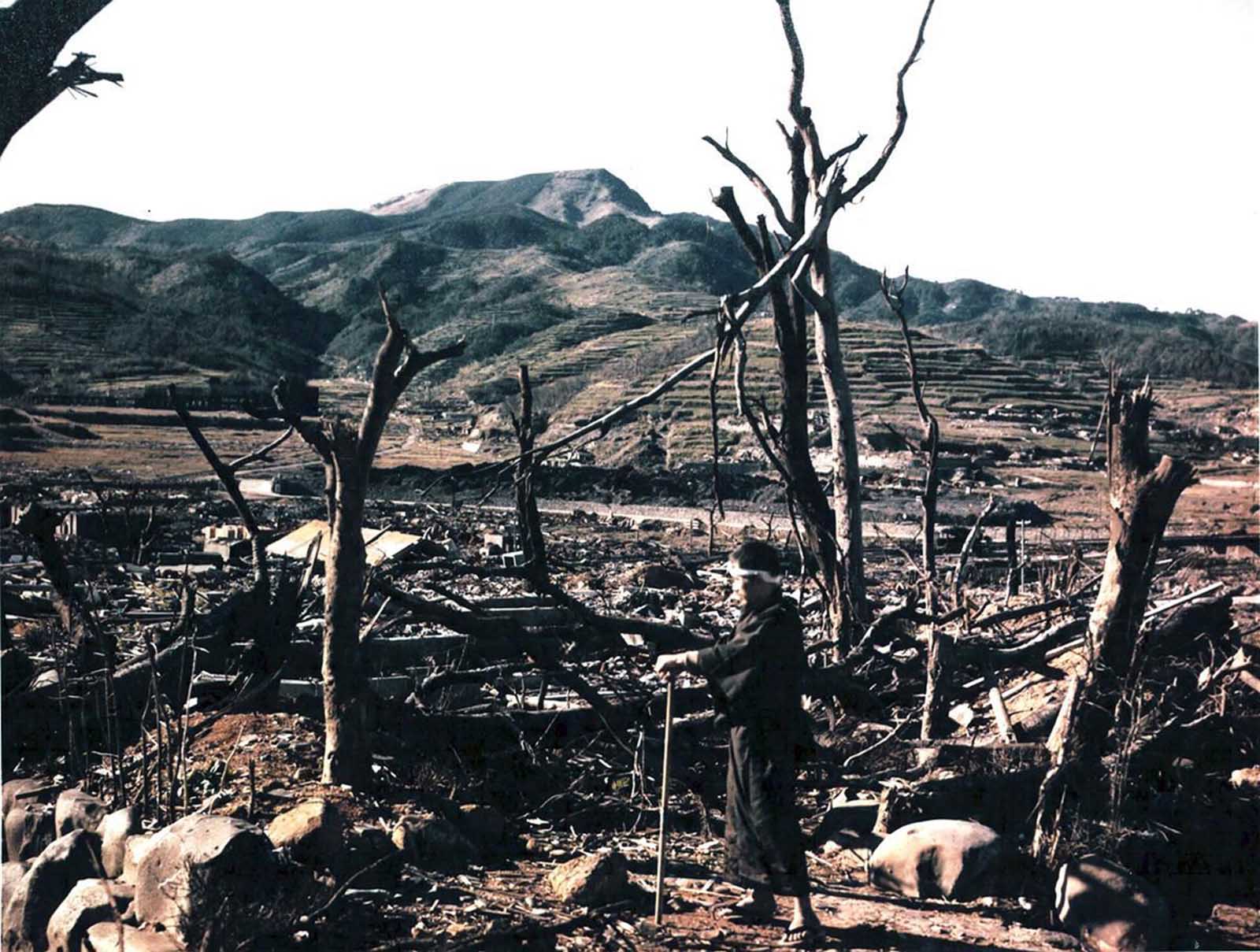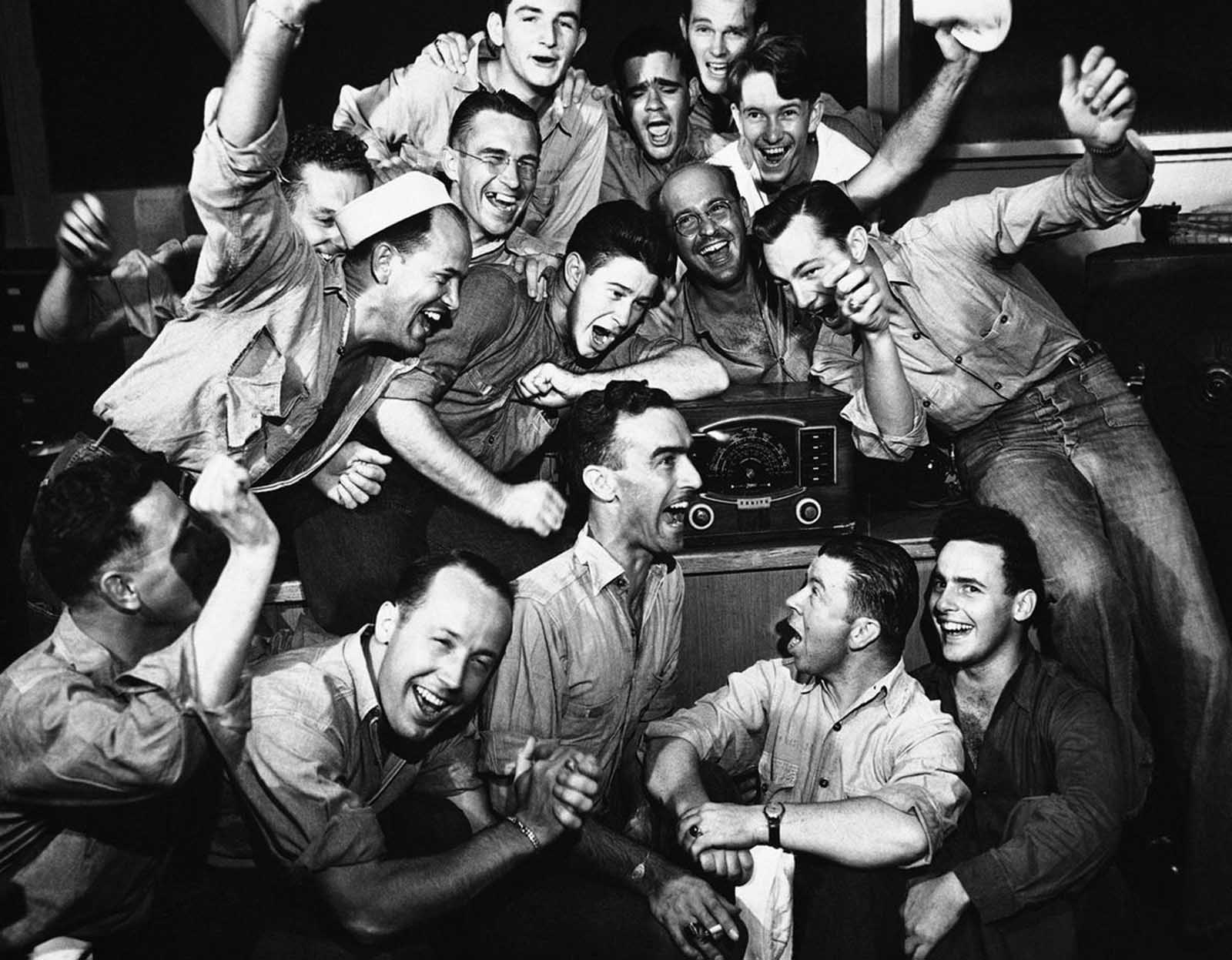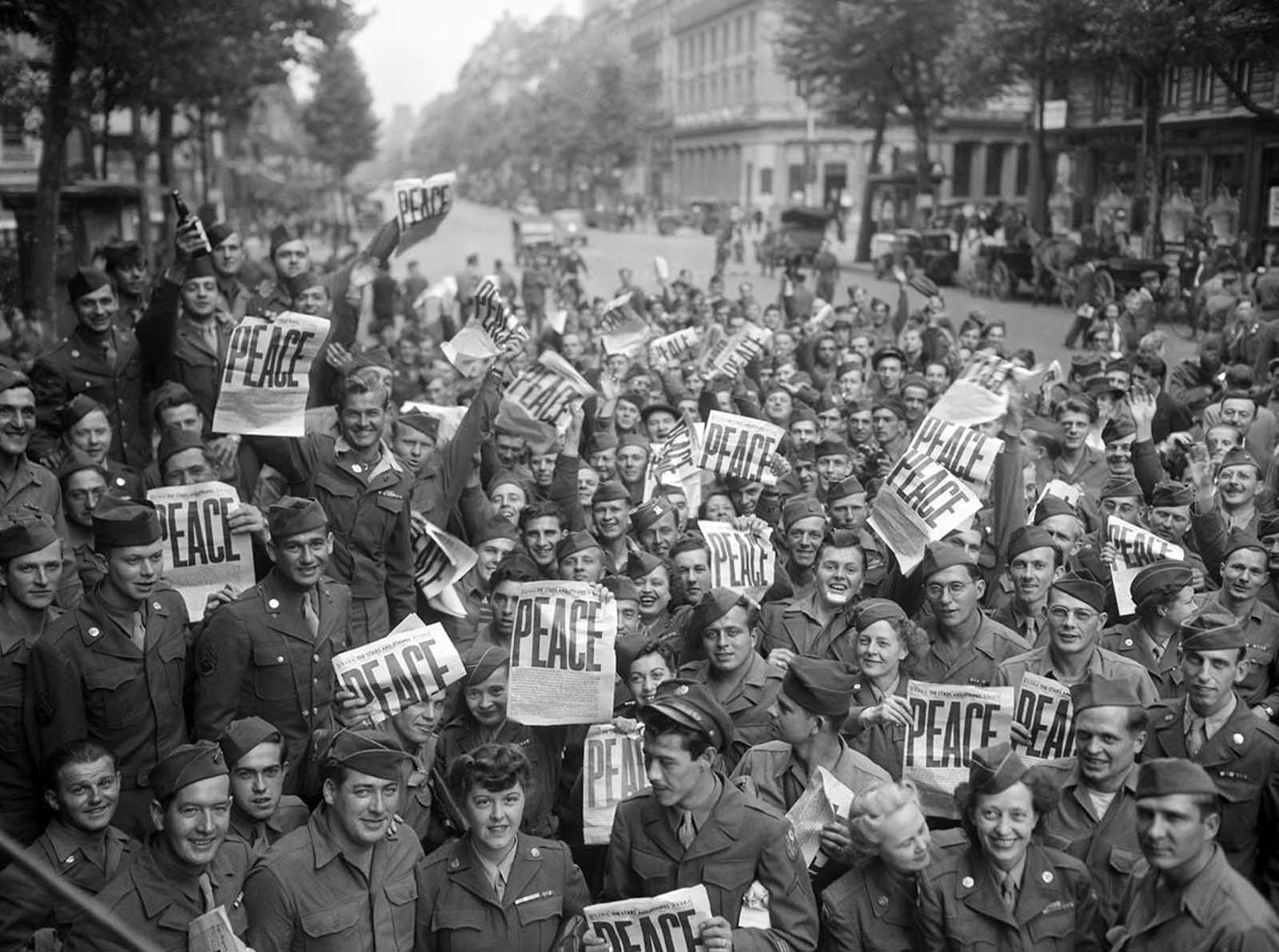In June, after more than 80 days of fighting, Allied forces captured the Japanese island of Okinawa, but at a horrible cost, with more than 150,000 casualties on both sides, and tens of thousands of civilians dead (many by their own hand). Okinawa was seen as a painful preview of a planned full invasion of Japan, and Allied generals predicted massive casualties if it took place. Following Germany’s defeat, the Soviet Union quietly began redeploying its battle-hardened European forces to the Far East, in addition to about forty divisions that had been stationed there since 1941, as a counterbalance to the million-strong Kwantung Army. The island-hopping strategy adopted by the U.S. Navy successfully brought B-29 bombers within range of Japan’s Home Islands, and they carried out massive attacks involving high explosives, incendiary bombs, and finally the two most powerful weapons ever used in war: the newly-invented atomic bombs dropped on Hiroshima and Nagasaki. Six days after the bombing of Nagasaki, and after much internal struggle, Japan surrendered on August 15, 1945. World War II was over. On August 28, the occupation of Japan by the Supreme Commander for the Allied Powers began. The surrender ceremony was held on September 2, aboard the United States Navy battleship USS Missouri, at which officials from the Japanese government signed the Japanese Instrument of Surrender, thereby ending the hostilities. Allied civilians and military personnel alike celebrated V-J Day, the end of the war; however, some isolated soldiers and personnel from Imperial Japan’s far-flung forces throughout Asia and the Pacific islands refused to surrender for months and years afterwards, some even refusing into the 1970s. The role of the atomic bombings in Japan’s unconditional surrender, and the ethics of the two attacks, is still debated. The state of war formally ended when the Treaty of San Francisco came into force on April 28, 1952. Four more years passed before Japan and the Soviet Union signed the Soviet–Japanese Joint Declaration of 1956, which formally brought an end to their state of war. (Photo credit: AP Photo / U.S. Navy / USAF / Library of Congress). Notify me of new posts by email.
Δ Subscribe
